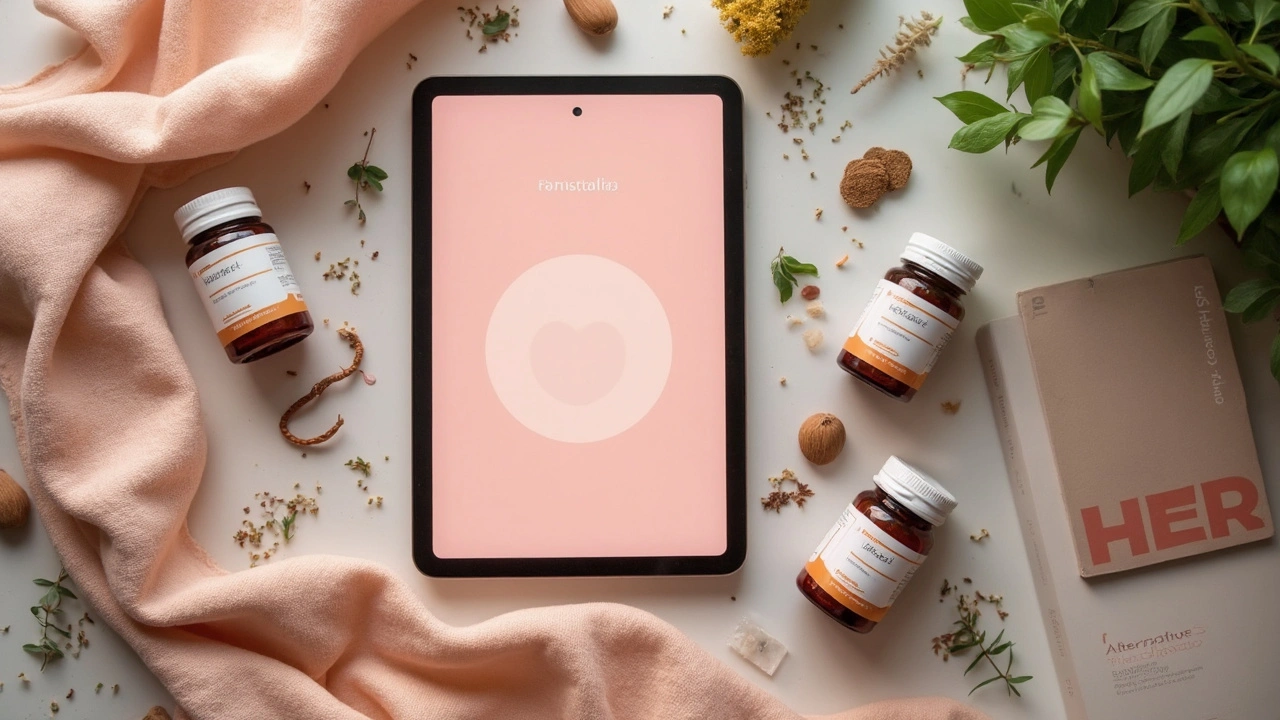Birth Control: Practical Choices, Side Effects, and How to Pick What Fits You
Birth control is more than a pill or a condom — it's a personal choice that affects your health, plans, and daily life. Whether you want low-maintenance protection or something you manage every day, there’s a method that can fit your lifestyle.
Short options you should know: combined oral pills, progestin-only pills, the IUD (copper or hormonal), the implant, the shot (Depo), the patch, the vaginal ring, condoms, and emergency contraception. Each one works differently, so it helps to match the method to what matters most to you: convenience, reliability, side effects, or STI protection.
How methods compare
IUDs and implants are the most “set and forget” choices—inserted by a clinician and effective for years. They’re great if you want long-term protection without daily action. The pill, patch, and ring require regular attention but let you stop quickly if you need to. The shot gives three months of coverage per dose. Condoms are the only method that also reduce STI risk, so use them if that’s a concern.
Emergency contraception is for mistakes: the copper IUD works best as emergency birth control, but levonorgestrel pills (Plan B) and ulipristal (ella) are other options. Timing matters: some pills work best within 72 hours, ulipristal can work up to 120 hours, and a copper IUD can be placed within five days for emergency use.
Side effects and safety tips
Side effects vary. Combined hormonal methods can cause spotting, nausea, or mood shifts; they carry extra risk if you smoke and are over 35. Progestin-only options may cause irregular bleeding. IUD insertion can be uncomfortable and sometimes causes cramps for a few weeks. Most side effects settle after a few cycles, but if something feels wrong, see a clinician.
Talk about interactions: some antibiotics and seizure medicines can make hormonal birth control less effective. Always check with a pharmacist or doctor when you start a new drug. If cost is an issue, ask about prescription savings cards, generic brands, or clinic programs—these often cut out-of-pocket costs.
Choosing what fits: think about how often you want to manage your method, whether you want pregnancy soon, and any health risks you have (like migraines with aura or a history of blood clots). A quick clinic visit can narrow options: many clinics offer same-day IUDs or starter packs for pills and rings.
Buying online? Be cautious. Use licensed pharmacies, require a prescription when needed, and read reviews. Our site has guides on safe online pharmacies and tips to spot red flags before you order.
If you’re unsure, book a short appointment with a provider. Bring a list of medications you take and what you want from birth control. With a little info, you can pick a method that fits your life and keeps you in control.
Questions to ask: How effective is this method for me, what side effects should I expect, how soon will fertility return after stopping, does it interact with my meds, and how much will it cost monthly? Clear answers help decisions more.
